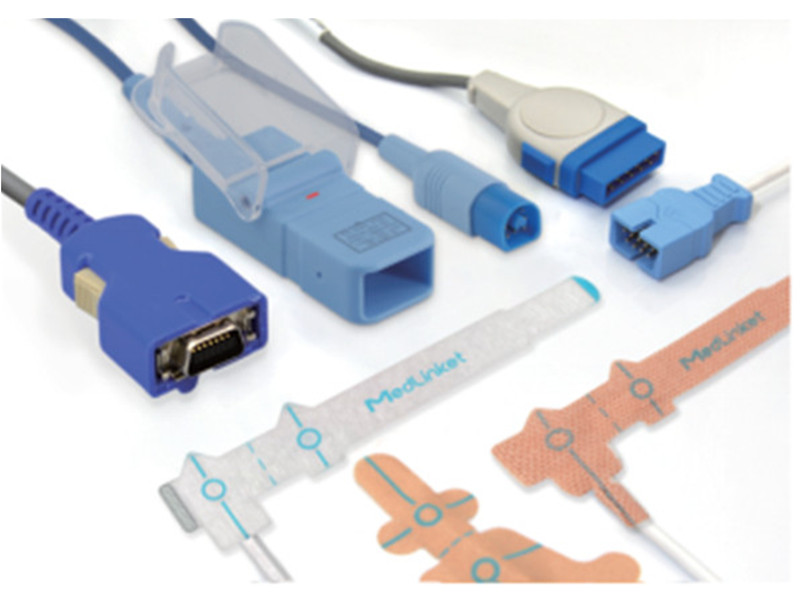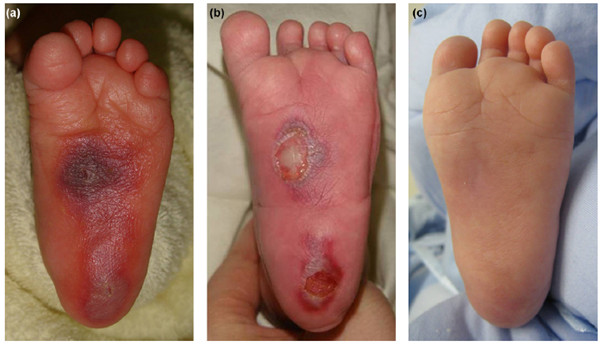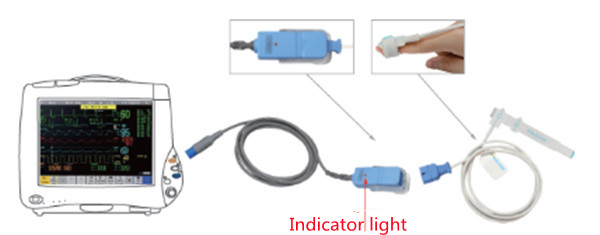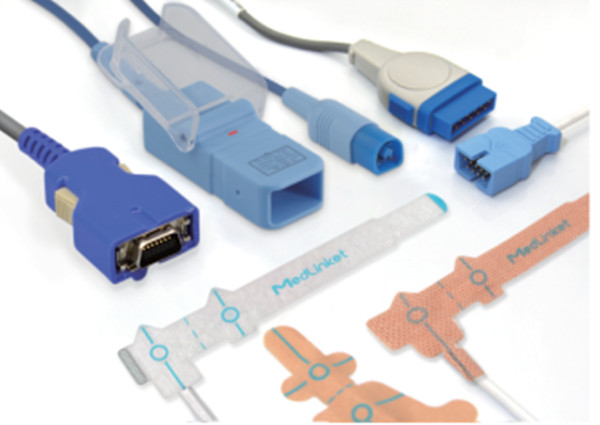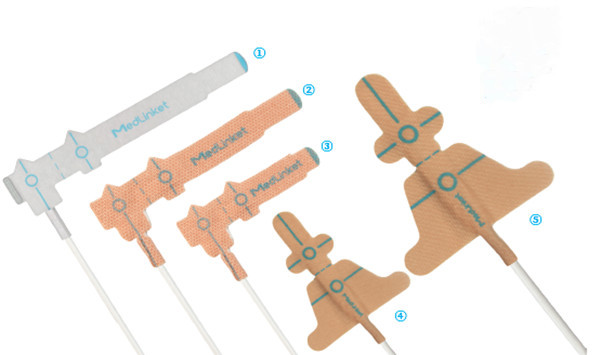SpO₂ is an important physiological parameter of breathing and circulation. In clinical practice, we often use SpO₂ probes to monitor human SpO₂. Although SpO₂ monitoring is a continuous non-invasive monitoring method, it is widely used in clinical practice. It is not 100% safe to use, and sometimes there is a risk of burns.
Katsuyuki Miyasaka and others have reported that they had 3 cases of POM monitoring in the past 8 years. Due to long-term SpO₂ monitoring, the probe temperature reached 70 degrees, which caused burns and even local erosions of the newborn’s foot restraints.
Under what circumstances can cause burns to patients?
1. When the patient’s peripheral nerves have poor blood circulation and poor perfusion, the sensor temperature cannot be taken away through normal blood circulation
2. The measurement site is too thick, such as the thick soles of newborns whose feet are more than 3.5KG, will cause the sensor to increase the driving current of the monitor, resulting in excessive heat generation and increasing the risk of burns.
3. The medical staff did not check the sensor and change the position regularly in time
In view of the risk of skin burns on the sensor tip during surgical monitoring of SpO₂ at home and abroad, it is necessary to develop a SpO₂ sensor with strong safety and long-term continuous monitoring. For this reason, MedLinket has specially developed a SpO₂ sensor with local over-temperature warning and monitoring function-an Over-temp Protection SpO₂ senor After being connected to the monitor with a MedLinket oximeter or a dedicated adapter cable, it can satisfy the patient’s long-term monitoring need.
When the skin temperature of the patient’s monitoring site exceeds 41°C, the senor will stop working, at the same time the indicator light of the SpO₂ transfer cable will emit a red light, and the monitor will emit an alarm sound to remind the medical staff to take timely measures and effectively reduce the risk of burns;
When the skin temperature of the patient’s monitoring site drops below 41°C, the sensor will restart and continue to monitor SpO₂ data, which not only avoids the loss of sensors due to frequent changes of positions, but also reduces the burden on medical staff.
Product Features:
1. Over-temperature monitoring: There is a temperature sensor at the probe end, which has the function of local over-temperature monitoring after it is matched with the oximeter or special adapter cable and monitor.
2 It is more comfortable to use: the space of the sensor package is smaller and the air permeability is good.
3 Efficient and convenient: V-shaped sensor design, quick positioning of the monitoring position, connector handle design, easier connection.
4Safety guarantee: Good biocompatibility, no latex.
5. High accuracy: Evaluate the accuracy of SpO₂ by comparing blood gas analyzers.
6. Good compatibility: It can be adapted to mainstream hospital monitors, such as Philips, GE, Mindray, etc.
7 Clean, safe and hygienic: clean workshop production and packaging to avoid cross-infection.
Optional probe:
MedLinket’s over-temperature protection SpO₂ sensor has a variety of probe types to choose from. According to the material, it can include comfortable sponge SpO₂ sensor, elastic non-woven cloth SpO₂ sensor, and cotton woven SpO₂ sensor. Applicable to a wide range of people, including: adults, children, babies, newborns. The appropriate probe type can be selected according to different departments and groups of people.
发布时间: 21-12-14




